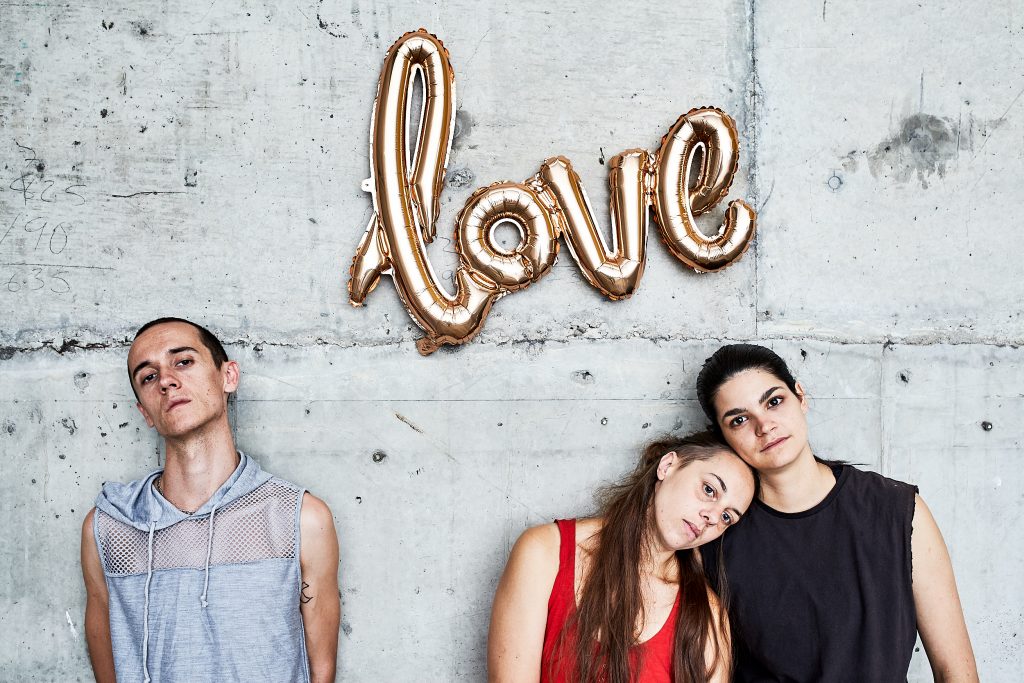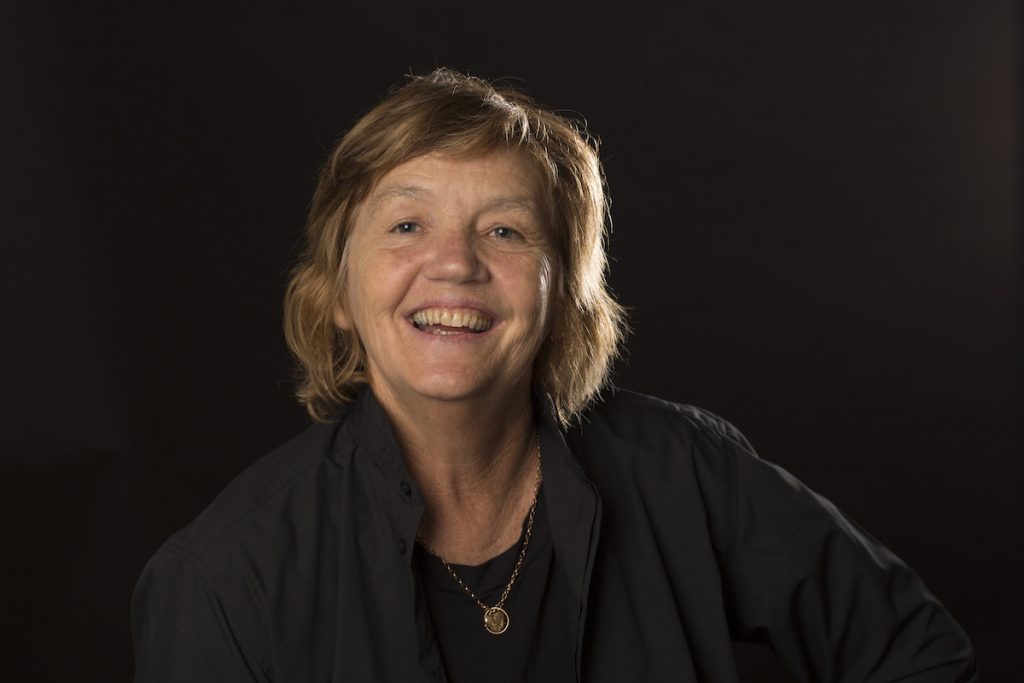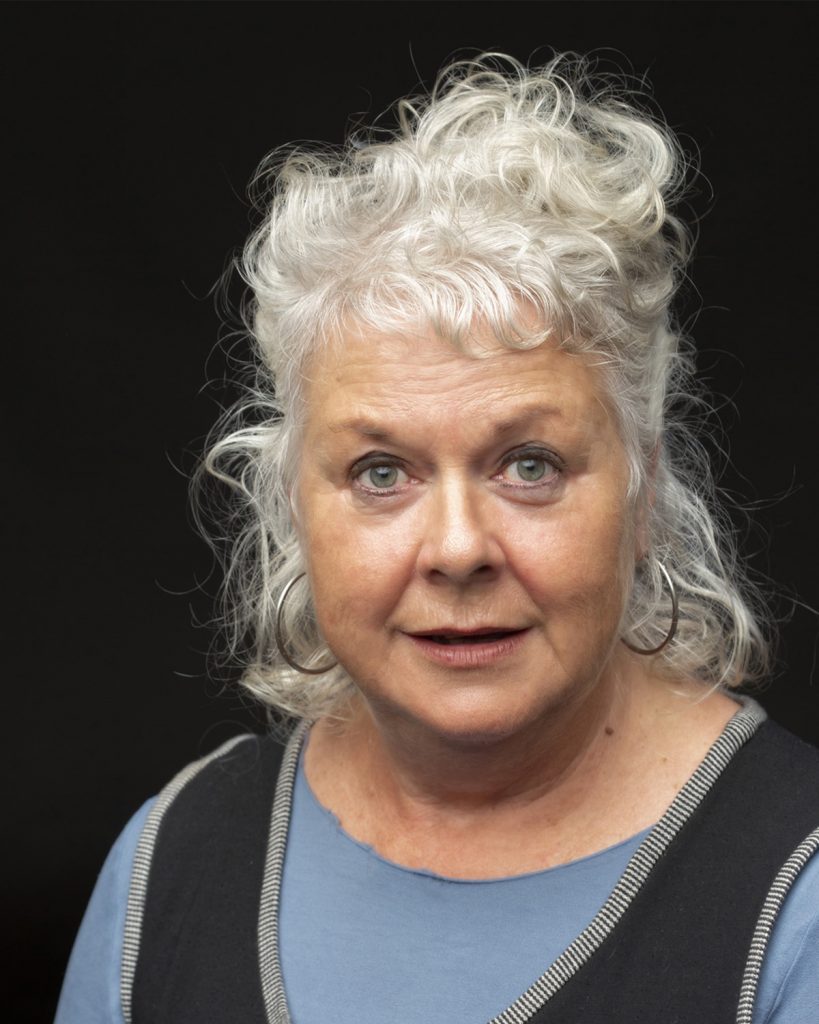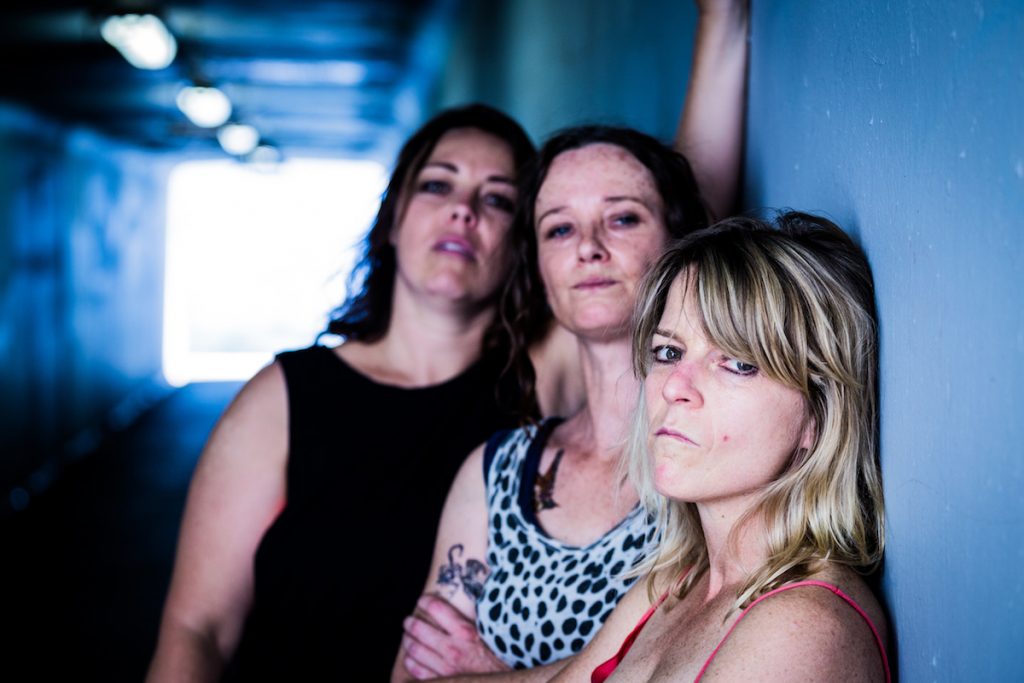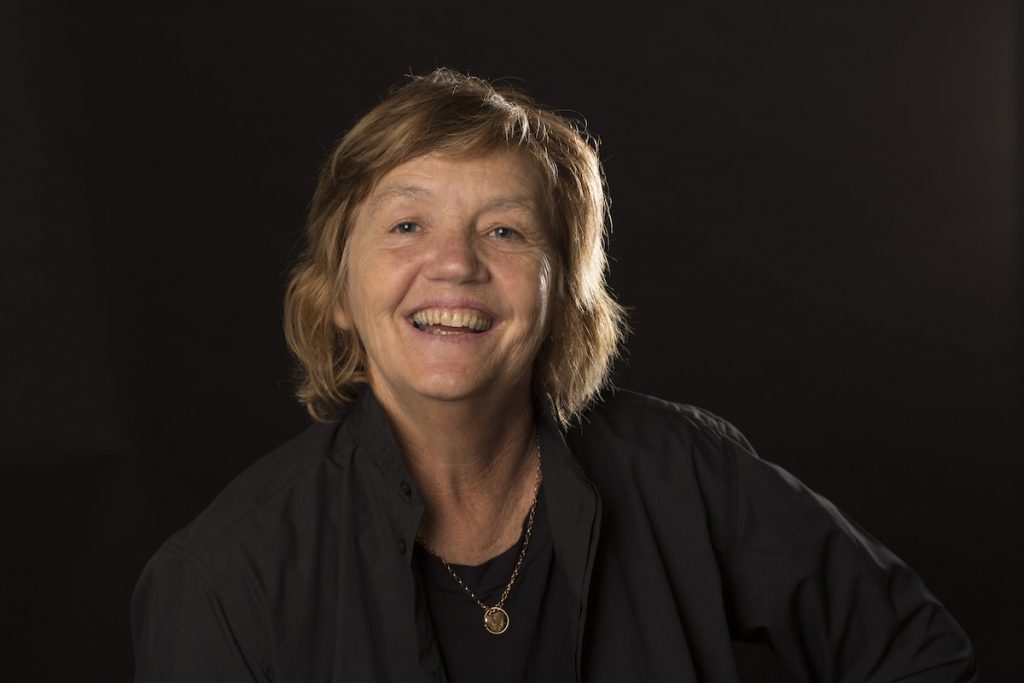Susie Dee is a theatre director and actress while Patricia Cornelius is a writer and dramaturgist – they’re both Aussie. We’ve met them before they go on stage for the Venice Theatre Biennale – from July 27 to August 5 – bringing two plays they’ve created. Both the plays are a condensed elegy of humanity, drenching you in real time in the void and the full of love, of senses and of many other human vices and virtues. I can’t wait to watch them.
Susie Dee:
‘Shit is about three girls.Their names are Billy, Bobby and Sam. There’s not a single moment when the three young women transcend their ugliness. There’s no indication of a better or in fact any inner life. They don’t believe in anything. They’re mean, down mouthed, down trodden, hard bit, utterly damaged women. They’re neither the salt of the earth nor sexy. They love no one and no one loves them.
Tanya, Annie and Lorenzo are the three characters that inhabit Love. They’re young but their youth has been wrung out of them. They’ve been abused, they’re abusive, and they’re difficult to like, let alone love. The play isn’t just about love and all its forms, but it also exposes the gritty underbelly of it, what we are willing to endure in the name of love and how we can unravel without it.’
Antonio Latella, the artistic director of the Venice Theatre Biennale, said the playwright is the deus ex machina and her/his power is extending further than the wording by including also the design of many other crucial assets – as props, lights and the scene volumes.
Which is your opinion on the ‘evolution’ of the profession and how your combined arts (writing and directing) worked practically, especially for your piece ‘Love’?
A playwright is already predicting or initiating an invitation to the director in terms of style and set and definitely intention. And a good director like Susie Dee picks up that invitation and runs with it. I sometimes I don’t give her much because props annoy me and I want the set to be simple and strong but not busy or literal. A set that allows actors to move. Basically Susie relies on the actor, the language and moving them in a space that has an abstract eloquence. The language of a play is vital. It propels a scene, it surprises, sometimes shocks and sometimes lucks on truth but set and lighting and tone can make words astounding.
Do you think often to younger audience when you’re writing/designing/directing a new piece and if yes, in which way?
In our creations we don’t think about younger or older audiences- our work is our work- and so far it resonates for all ages.
In truth, I wanted to ask you which is the learning/teaching role of contemporary screenwriting and theatre nowadays, when the act of reading (books, texts, essays, poetry) per se is not a value anymore and is sometimes a forgotten asset
Patricia is an avid reader, she researches, she devours knowledge, she devours plays, fiction, non fiction- through books- they are STILL an extremely important tool for her as a writer.
Susie tends to embrace visual tools more- utilising the internet and movies and pinterest sites-but ironically at the moment on her desk she has four art books open for stimulus.
Which is the Australian scene new spark (an indie theatre, an author, a group of producers, a festival, an award) in your opinions?
There was spout of works being ‘adapted ‘for theatre recently- from films and books. There has also been a trend over the last years in contemporary ‘indie’ theatre that create works with ‘children’…whether it’s the source/research phase or actual involvement.
Is the funding scheme adequate and pervasive for the theatrical art as it is for contemporary art or for opera theatre in your nation?
Definitely NOT. The larger main state theatre companies, opera companies and festivals are the benefactors of the majority of the Arts Funding here within Australia.
Melbourne and Sydney are so different, so to don’t name the other centers as for instance Queensland and Tasmania and the very remote Perth….
I fear that the vastness of your state-continent is in a way jeopardizing also the scenes in terms of ‘federal’ and state funding and of course of audiences…
Melbourne, our hometown, has an extremely vibrant independent scene but exists largely through artists who effectively subside the industry. Small companies are a plenty but often only lasting a few years because lack of venues and income stream.
The music and the book with you now
Susie: I am listening to Aldous Harding – she is a New Zealand singer and is very theatrical. And I’m reading Rachel Cusk, currently Outline, she is a Canadian writer and looking at art books – especially looking at Arthur Boyd’s paintings and Greek Sculptures.
What did you learn so far from life?
Try to be honest, trust your impulse and that you don’t need to tolerate fools
The image of the piece Love is by Pier Carthew, the image of the piece Shit is by Sebastian Bourges
